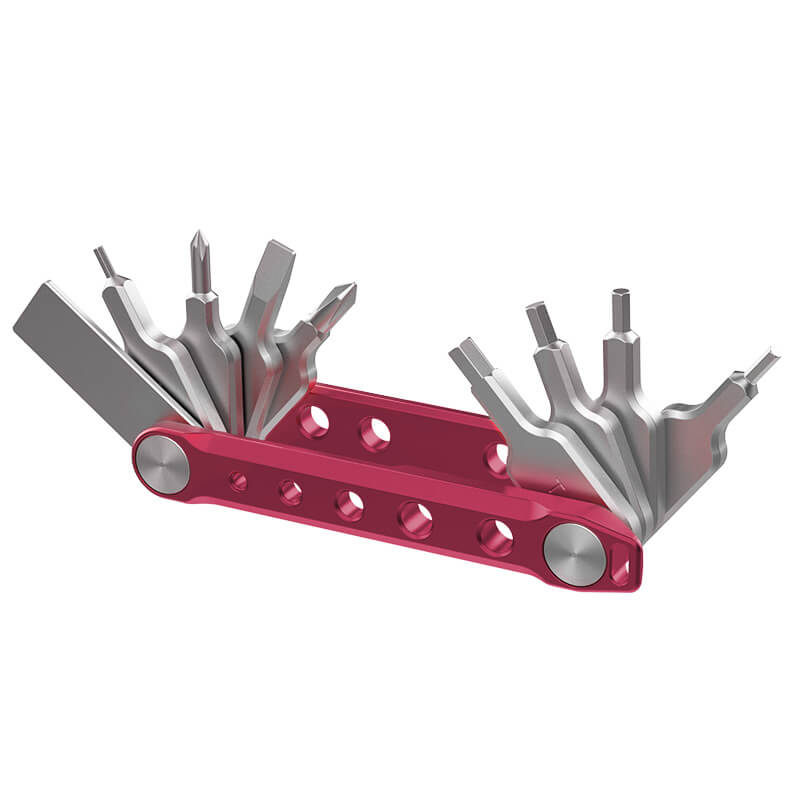| Photography type | Tripod importance | Alternative options |
| Landscape | High | Mini tripod, bean bag |
| Street | Low | Stabilization of the camera strap |
| architecture | Medium-High | Monopod, wall mount |
| Wild animals | Medium | Monopod, bean bag |
| Night | Significant | No good alternatives |
(Note: The decision matrix above is intended to help you decide whether to pack a tripod.)
One of the most important decisions photographers make when planning a trip is whether or not to bring a tripod. Some photographers swear by their tripod and would never travel without one, while others prefer to travel light and rely on their hands-free shooting skills. However, this seemingly simple decision can have a huge impact on the quality of your photos and your trip overall.

What makes tripods so valuable for travel photography?
Knowing why a tripod is helpful can help you decide if the extra weight is worth it. Here's a complete list of all the reasons many photographers consider tripods essential travel accessories.
Stability for sharp images
Tripods offer one of the most stable ways to hold the camera steady, especially during long shots or in low-light situations. This prevents camera shake, resulting in clearer and sharper images, especially for night shots, star trails, or silky water effects in landscapes.
Creative long exposures
With a tripod you can use longer shutter speeds for creative shots such as light trails, waterfalls, or seascapes without compromising quality. This gives you more scope for motion blur and dynamic compositions.

Improved composition
A tripod slows down the shooting process, promoting thoughtful composition. It allows the photographer to carefully frame their shots, adjust the angle, and pre-visualize the scenes for better results.
Versatility in any terrain
Travel tripods are designed to be lightweight and portable while still being able to withstand regular use. They adapt to uneven terrain or challenging environments and are ideal for capturing unique perspectives in different locations.
Support for advanced techniques
Tripods are essential for advanced shooting techniques such as HDR photography, panoramas, and macro photography, as they allow for precise alignment and consistency across multiple images, resulting in higher quality final images.
Safety and convenience
In addition to photography, a tripod can also be used as a temporary support in precarious situations. For example, it can stabilize on slippery rocks or uneven ground. It also leaves your hands free to adjust settings or interact with your subject.
What are the disadvantages of traveling with a tripod?

Bulky and heavy
Even travel tripods designed to be lightweight add size and weight to your luggage, which can quickly become a significant burden on very long trips, while hiking, or in crowded areas. Carrying a tripod often requires additional effort and space, which isn't always available.
Time-consuming setup
Setting up and adjusting the tripod often takes time, which can result in missing spontaneous or fast-moving moments. In densely populated areas, this delay also leads to frustration or missed opportunities.
Restrictions in certain locations
Risk of damage or theft
Carrying a tripod can increase the risk of accidental damage to your equipment, especially at airports or in crowded areas. Setting up a tripod for shooting and leaving it unattended could also make it a target for theft.
Limited airline compatibility
Airlines often restrict the size and weight of carry-on luggage, making it difficult to carry a tripod on board. Tripods may have to be checked separately, further increasing the risk of damage during transport.
Difficult to handle
Tripods can be cumbersome to handle on long walks or while traveling from one location to another. Methods such as carrying them by hand, slinging them over the shoulder, or attaching them to backpacks can be cumbersome and limit mobility.
Costs for high-quality models
While there are inexpensive tripods available, they aren't as stable or durable. A high-quality travel tripod is expensive and adds even more to your photography equipment costs.
Despite these problems, many of them can be solved through careful planning, such as choosing small models, placing them in padded cases to protect them during transport, and knowing the rules of the location.
When is a tripod essential for travel photography?

Low-light photography
When shooting at dusk or at night, slower shutter speeds are required to capture enough light. A tripod ensures the camera is stable, preventing camera shake and allowing you to capture clear images without having to increase the ISO too much.
Long exposure shots
To achieve artistic effects such as gentle waterfalls, light trails, or a starry night sky, you will need a tripod to keep the camera steady during longer exposure times.
Landscape photography

Macro photography
When photographing small subjects like flowers or insects, even the slightest movement can blur the image. A tripod provides the stability needed for sharp, detailed macro shots.
Panoramas and HDR
Creating seamless panoramic images or HDR (High Dynamic Range) photos requires multiple exposures with consistent framing. A tripod ensures alignment and precision during these processes.
Self-portraits and group photos
If you're traveling alone or photographing a group, a tripod allows you to properly position your camera and shoot hands-free. You can also use a timer or a remote shutter release.
In these situations, a tripod not only improves image quality but also expands creative possibilities by enabling techniques that are not possible handheld.
What are the smart alternatives to conventional tripods?
If carrying a traditional tripod is impractical, there are several smart alternatives that offer stability and flexibility for travel photography. You may want to consider one of these options:
Monopods

Table stands

Hiking poles tripods
Dual-purpose trekking poles that convert into tripods combine functionality with portability. Hikers who want to carry as little gear as possible while still capturing stable images in nature will find this useful.
Chest or shoulder mounts

Use the environment
In the absence of equipment, you can stabilize your camera by placing it on ledges and walls, or even by supporting it against solid objects such as trees.
These alternatives allow photographers to remain mobile while still capturing stable shots in a variety of environments, making them a good choice when traditional tripods aren't an option.
Assess your travel style and destination for a travel tripod

- Your photographic goals
- Travel style and destination
- Physical ability to carry additional weight
- Available time for setup
- Local restrictions and regulations
You can always adapt your equipment to your experiences and what you have learned on each photography adventure.






